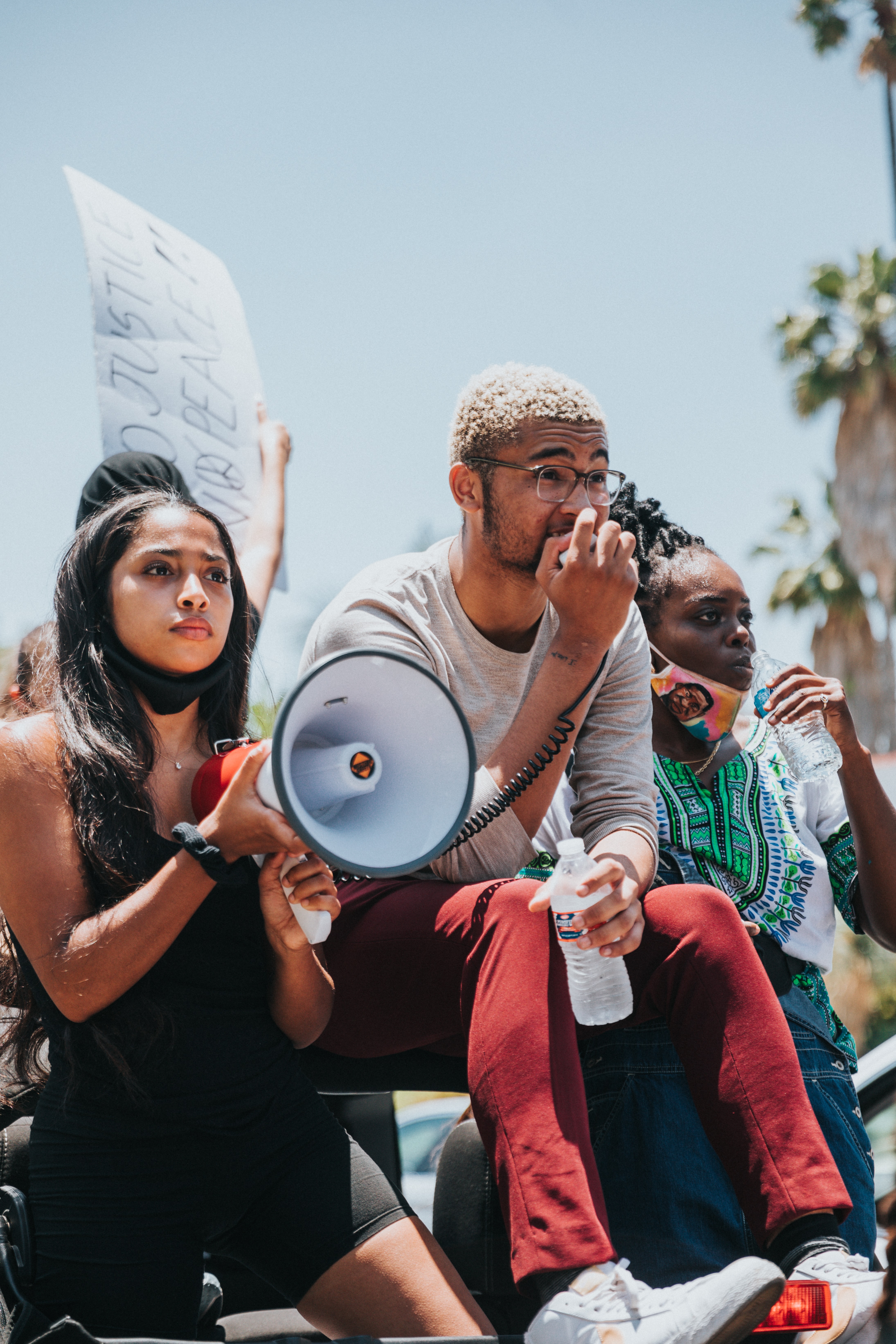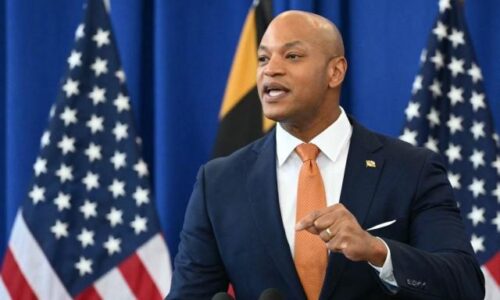Moving Our Society

The Washington Post recently published “Move your money, move society?”, an article detailing the #BankBlack Movement written by Tracy Jan. The article begins by reporting the recent surge in deposits in black-owned blacks, driven by social media and celebrity activists. However, the article details how this surge has tapered off, and why continued support for these institutions is critical.
Black Americans have for centuries been robbed of their wealth, from slavery to Jim Crow and redlining segregation. This plunder of Black America resulted in a vast disparity in wealth between black families and their white counterparts. Jan writes, “Forty-two percent of African Americans own their homes, compared with 72 percent of whites, according to 2016 Census Bureau data.” An even more telling statistic is that for every dollar of wealth a white family owns, a black family owns only six cents.
Because of these facts, it is no wonder that the Recession was especially hard on blacks, and as a result, black banks. As B. Doyle Mitchell, president and CEO of Industrial Bank puts it, “When the American economy catches a cold, that means African Americans have pneumonia.” Before the Recession, there were 44 black-owned banks in the United States. Since then, nearly half have folded as only 23 remain. If current trends continue, minority-owned bank analyst William Michael Cunningham predicts there will only be seven black banks left by 2028.
Black banks are a critical part of creating black wealth. These banks are much more likely to stake funds towards a black cause. According to the FDIC, black banks are five times more likely than traditional big banks to give mortgages for homes in low-to-moderate-income neighborhoods.
That is why is it is critical the #BankBlack movement continues. For black banks to support the black community, the black community must support black banks. However, Jan writes that black banks must expand their target audience if they hope to survive. She suggests that banking black could be proof of white allies commitment to racial and economic justice.
Black Banks are also small banks, which have a greater local presence than any big bank could ever have. Black banks do not practice reverse racism, they are community driven institutions that are truly equal opportunity lenders. As such, they are much better equipped to see the fruits of any local project no matter who proposes it. These banks are critical facets in their respective communities, and as such each requires the full support of their entire community, not just a segment.
Black Banks are also small banks, which have a greater local presence than any big bank could ever have. Black banks do not practice reverse racism, they are community driven institutions that are truly equal opportunity lenders. As such, they are much better equipped to see the fruits of any local project no matter who proposes it. These banks are critical facets in their respective communities, and as such each requires the full support of their entire community, not just a segment.
If there is one trait that is ever-present in the black community, it is resilience. Despite centuries of unspeakable terrors, African Americans continue to persist and thrive through sheer will and togetherness. Despite their prophesized demise, the heart of black banks are black people, something not so easily defeated. There is still much work to be done to bring about opportunity and equality, but black banks have the luxury of having the right soldiers for the battle.

